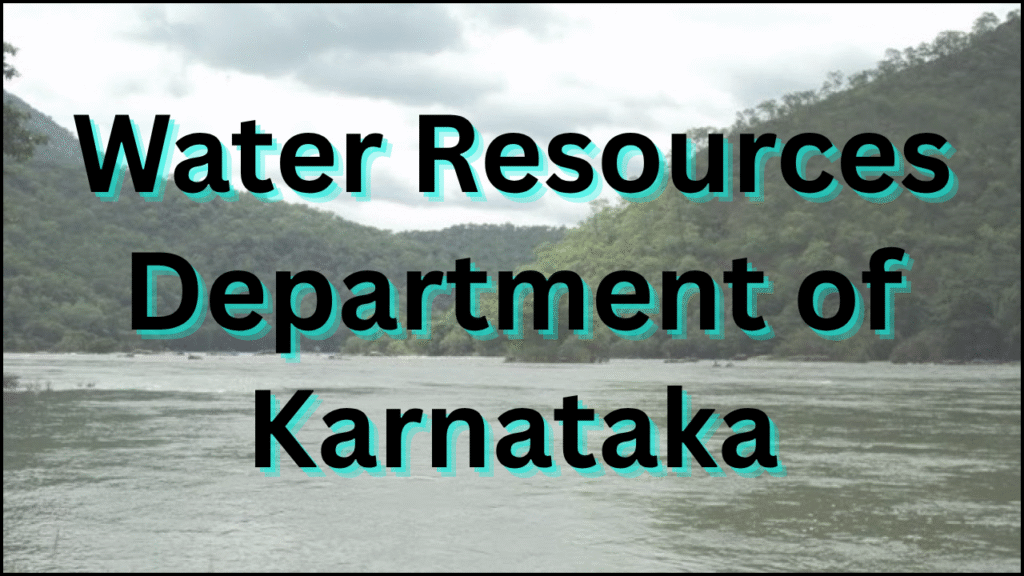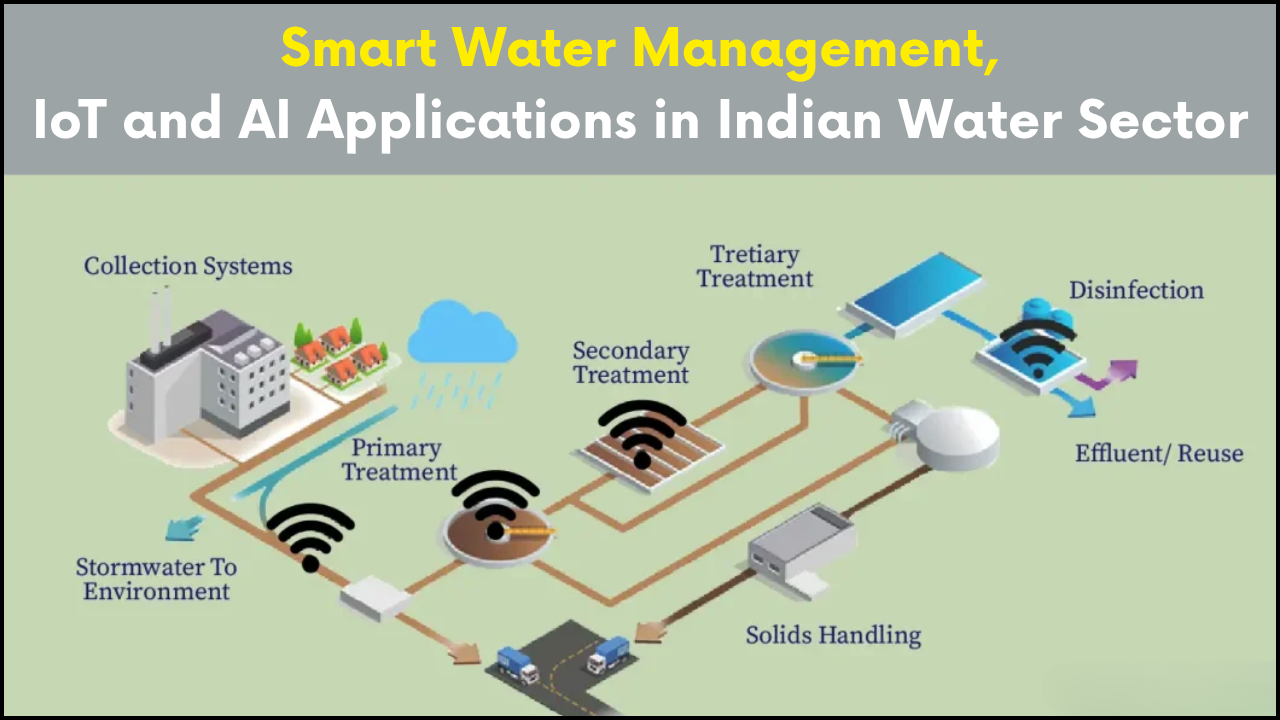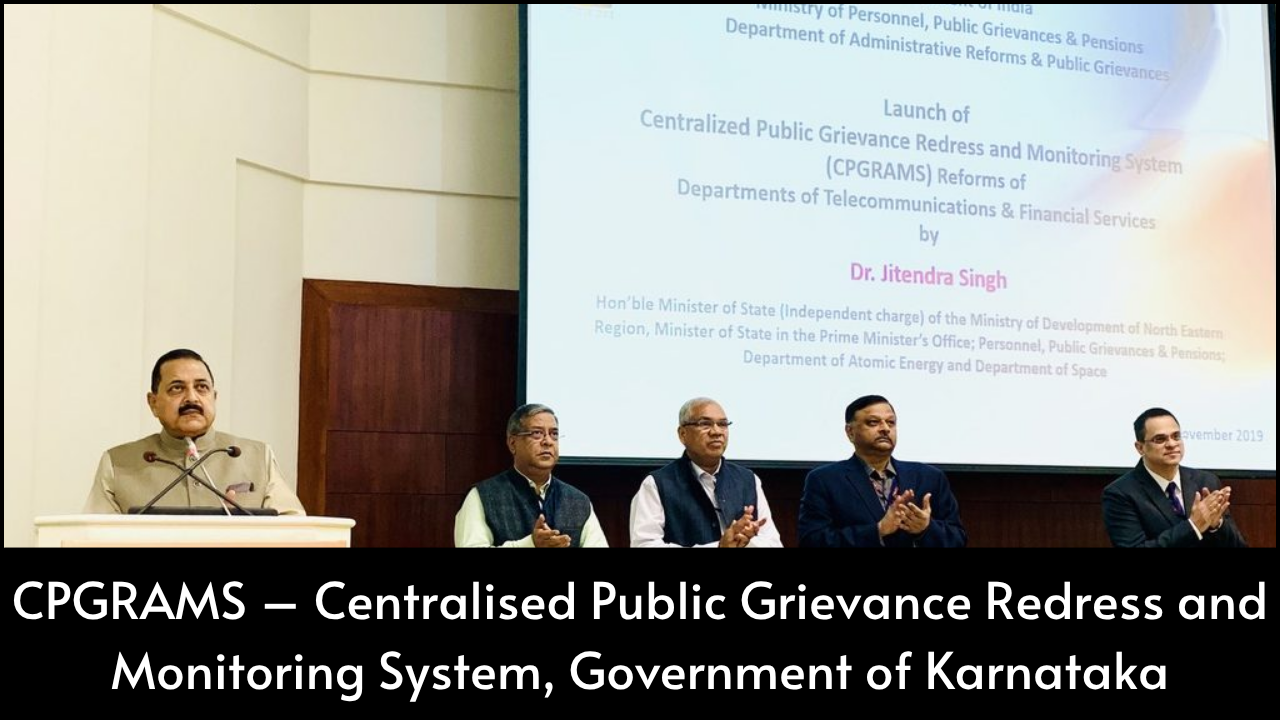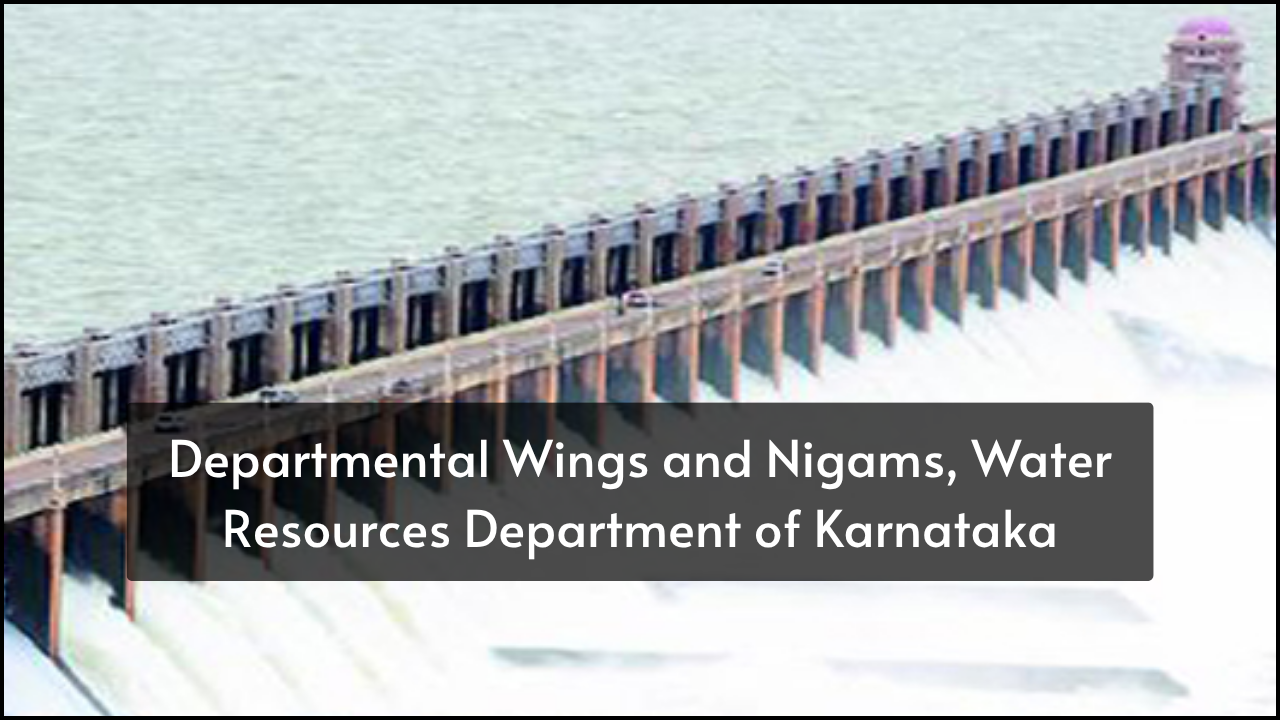
Water resources play a major role in Karnataka’s development, especially for agriculture and drinking water needs. The Water Resources Department of Karnataka has launched several specific schemes to manage water efficiently and improve irrigation infrastructure. These schemes aim to support farmers, ensure proper water distribution, and promote sustainable water usage. Each scheme focuses on a different aspect of water management, from infrastructure development to dam safety and modernization.
Table of Contents
Special Development Programme (SDP)
The Special Development Programme is designed to support backward and drought-prone regions in Karnataka.
- Target Areas: Focuses on the most backward taluks of the state.
- Objective: Ensures balanced regional development.
- Implementation: Works are taken up for tank development, canal strengthening, and minor irrigation.
Key Features of SDP:
| Feature | Details |
|---|---|
| Focus Regions | Most backward 39 taluks |
| Type of Projects | Minor irrigation, canal rejuvenation, and tank improvement |
| Funding | 100% State Government funded |
| Department Role | Identification, planning, and execution |
Command Area Development Programme (CADP)
The Command Area Development Programme helps improve water use efficiency in irrigation systems.
- Purpose: Promotes better water management within command areas.
- Activities: Construction of field channels, land leveling, and drainage works.
- Impact: Reduces water wastage and increases agricultural productivity.
Important Details of CADP:
| Feature | Details |
|---|---|
| Implementation Areas | Irrigation command zones across Karnataka |
| Main Activities | Field channel work, leveling, outlet structure development |
| Benefits to Farmers | Improved water supply, better crop yields |
| Funding Pattern | Shared by Centre and State |
Accelerated Irrigation Benefits Programme (AIBP)
The AIBP aims to speed up the completion of irrigation projects that are already under construction.
- Goal: Completes large and medium irrigation projects quickly.
- Eligibility: Projects that are delayed due to financial issues.
- Support: Central financial assistance is provided.
Highlights of AIBP Scheme:
| Aspect | Details |
|---|---|
| Launched By | Ministry of Jal Shakti, Government of India |
| Focus Projects | Ongoing major and medium irrigation works |
| Financial Support | Up to 90% for special category states, 25-75% for others |
| Outcome | Enhanced irrigation capacity |
Pradhan Mantri Krishi Sinchayee Yojana – CADWM
The PMKSY-CADWM (Command Area Development and Water Management) is a component under the national PMKSY scheme.
- Aim: Improves utilization of irrigation potential created under AIBP.
- Key Works: Micro irrigation, construction of field drains, and precision farming.
- Importance: Supports water conservation and improves irrigation coverage.
Components of PMKSY – CADWM:
| Component | Details |
|---|---|
| Integration | Works in tandem with AIBP projects |
| Water Management | Encourages water-saving techniques and infrastructure |
| Farmer Support | Promotes more crop per drop |
| Fund Sharing Ratio | 90:10 (Centre: State) for Karnataka (Special category treated) |
Dam Rehabilitation and Improvement Project (DRIP)
The DRIP ensures the safety and performance of aging dams in Karnataka.
- Need: Many dams in the state are old and need maintenance.
- Scope: Includes structural safety, instrumentation, and monitoring systems.
- Support: The World Bank assists in the implementation and funding.
DRIP Scheme Details:
| Parameter | Details |
|---|---|
| Objective | Improves dam safety and operational efficiency |
| Funding Partner | World Bank |
| Scope in Karnataka | Covers over 20 dams |
| Activities | Strengthening, repair, instrumentation, and emergency planning |
Asian Development Bank (ADB) Assisted Projects
The ADB supports Karnataka’s irrigation sector through long-term investment and technical guidance.
- Projects Covered: Upper Bhadra Project and other irrigation modernization efforts.
- Support Type: Financial loans and technical consultancy.
- Focus Areas: Sustainable irrigation, climate resilience, and groundwater recharge.
Details of ADB Involvement:
| Item | Description |
|---|---|
| Project Examples | Upper Bhadra Lift Irrigation Project |
| Loan Amount | Over USD 100 million |
| Technical Support | Planning, execution, monitoring, and environmental safety |
| Expected Benefits | Improved irrigation, rural employment, and water sustainability |
Other Supportive Initiatives by WRD Karnataka
Apart from the major schemes, the department also implements:
- Canal Automation Projects: Brings real-time control to canal water release.
- GIS Mapping of Water Structures: Enables better planning and management.
- Training for Farmers: Educates on water-efficient practices and crop planning.
Comparison: Major Schemes
| Scheme Name | Main Focus | Funding | Impact Area |
|---|---|---|---|
| Special Development Programme | Backward region irrigation | State Funded | 39 backward taluks |
| Command Area Development | Water-use efficiency | Centre-State Shared | Irrigation command zones |
| AIBP | Completion of projects | Central Support | Major and medium irrigation projects |
| PMKSY-CADWM | Efficient water use in command areas | 90:10 (Centre:State) | Integrated with AIBP areas |
| DRIP | Dam safety and rehabilitation | World Bank + State | Over 20 major dams |
| ADB Assisted Projects | Infrastructure and technical development | Asian Development Bank Loan | Major irrigation modernization efforts |
Summing Up
Karnataka’s Water Resources Department is actively working to improve water management and irrigation facilities across the state. Each scheme, whether state-funded or aided by national or international agencies, is designed with a specific goal that contributes to the broader mission of sustainable water use. From dam safety to micro-irrigation, these efforts together ensure that Karnataka remains water-secure and agriculture-friendly.





